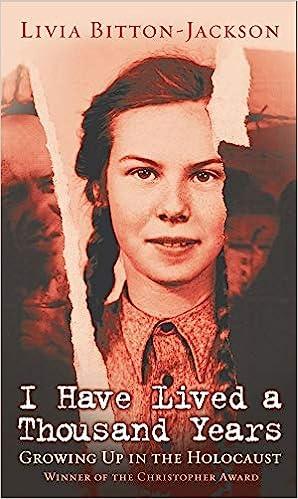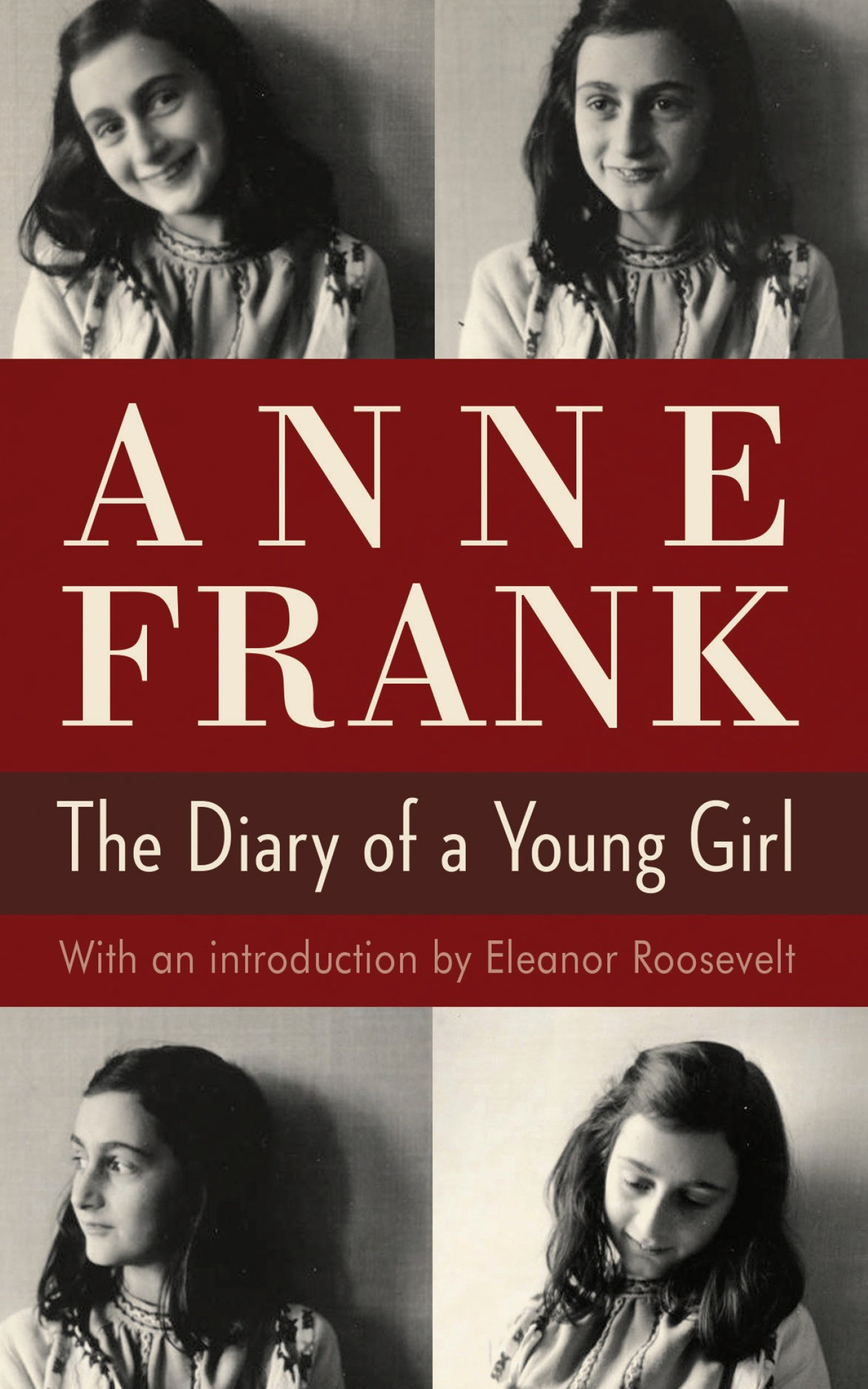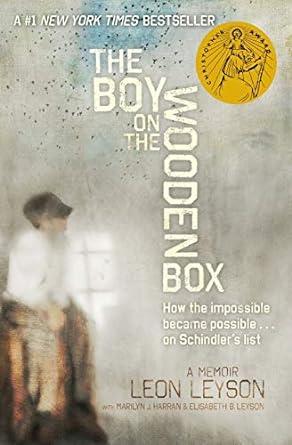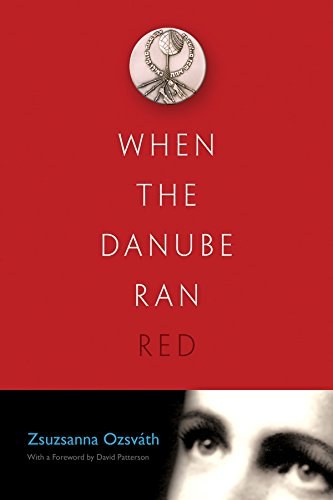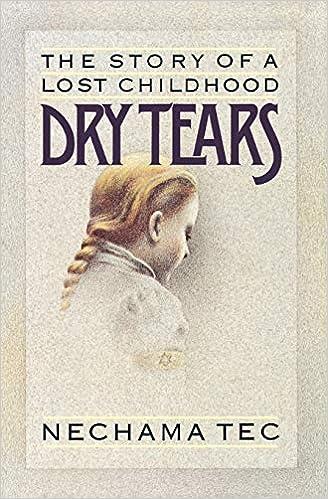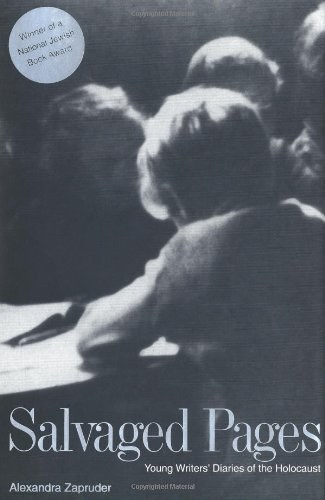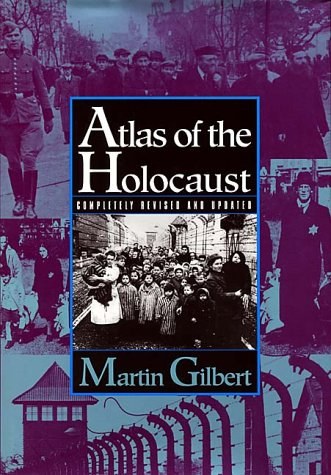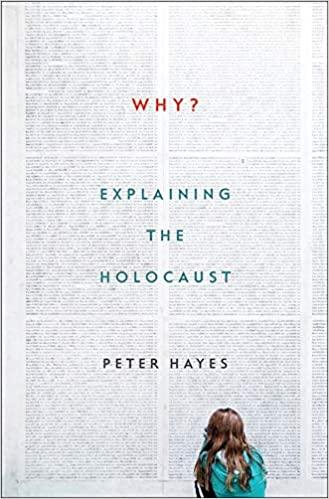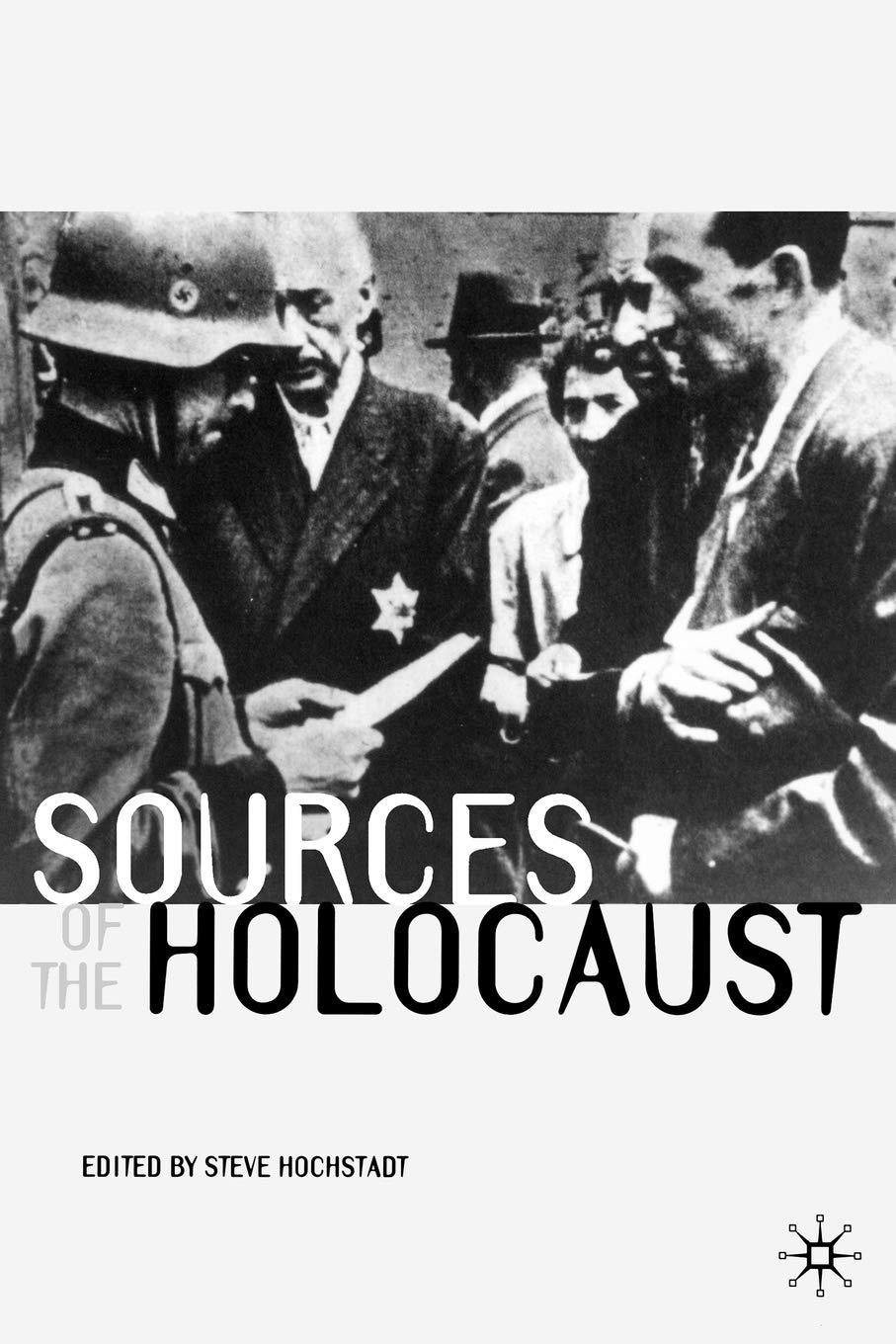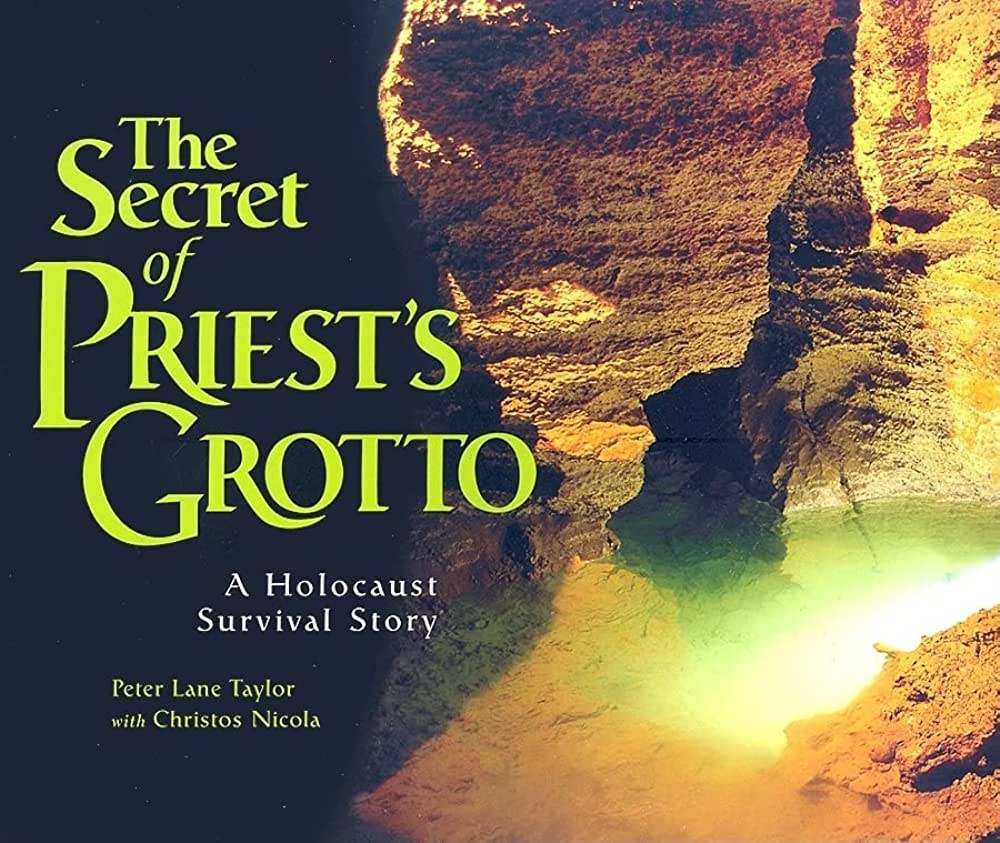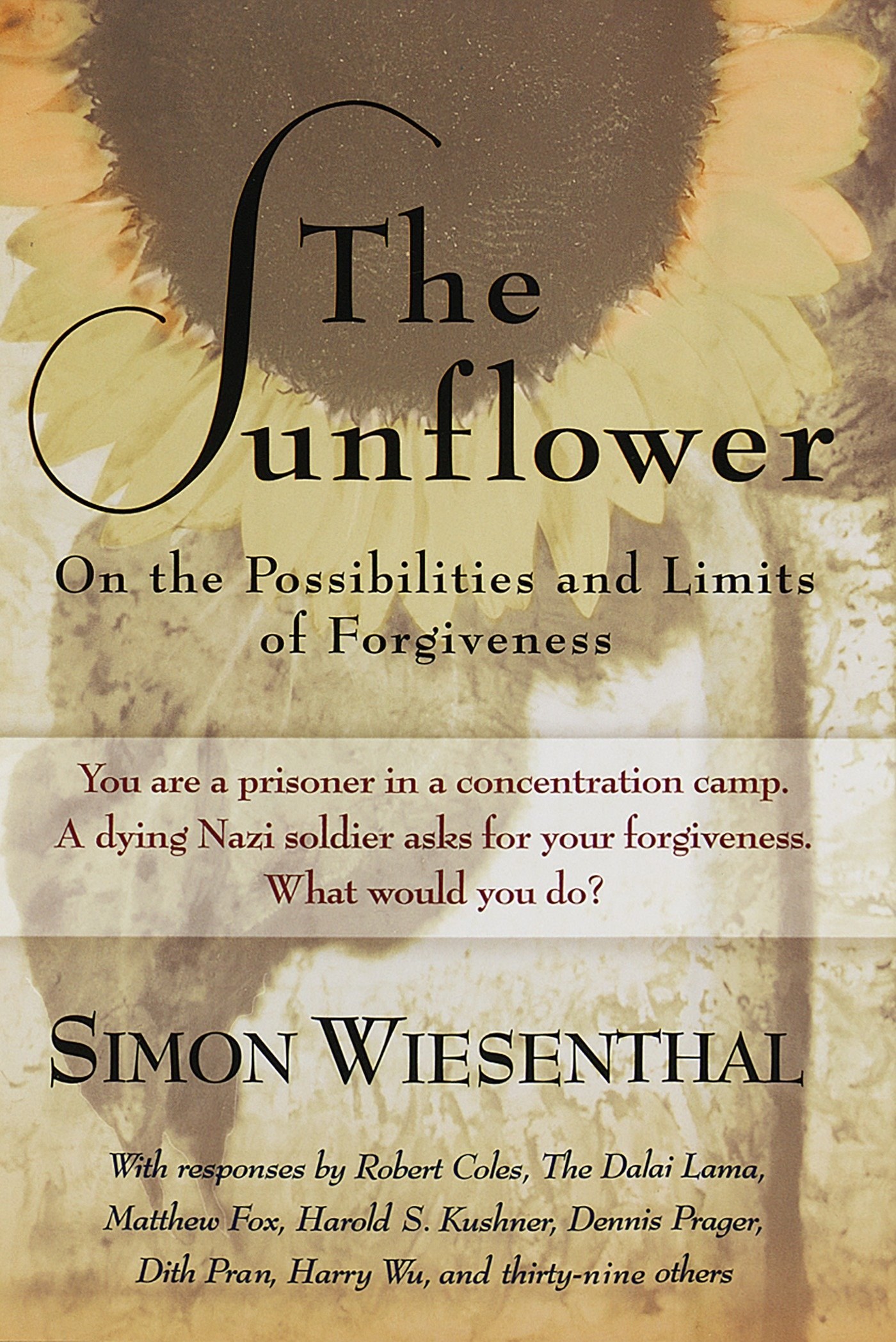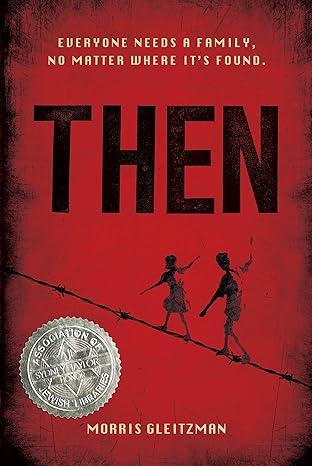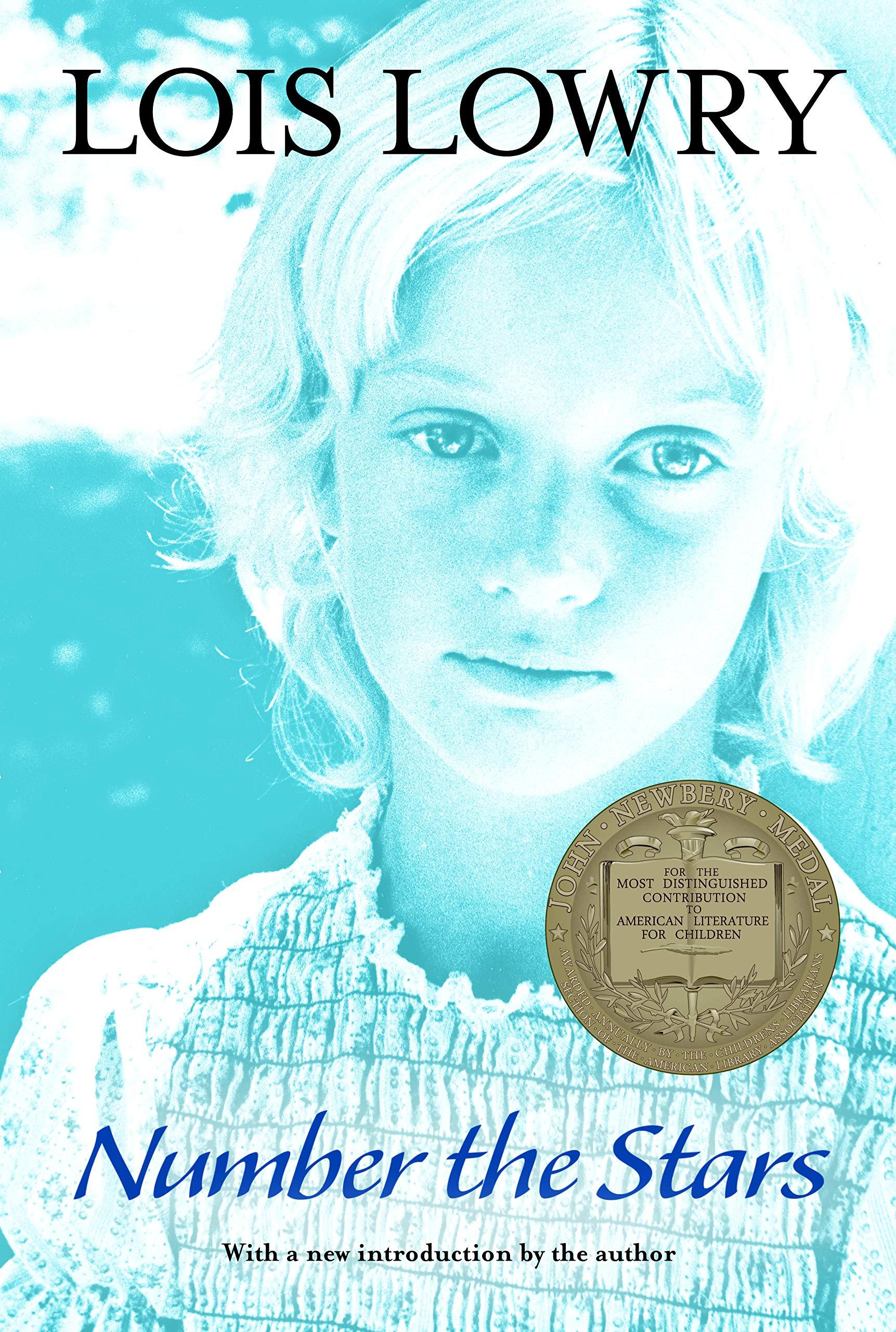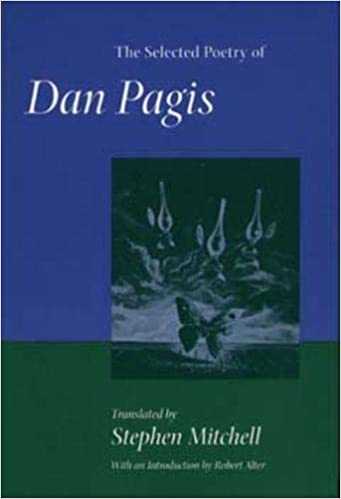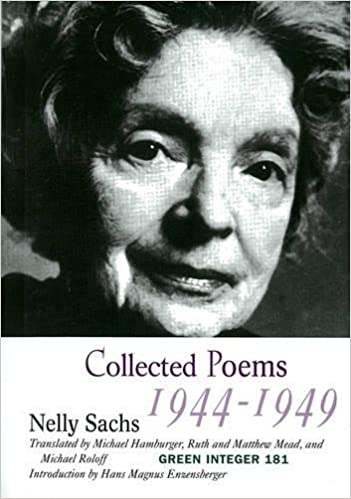Approved Literary/Print Materials for the Classroom
SB 1828 assigns the THGAAC the task of approving resources that can be used in the classroom. The following resources are approved. SB 1828 allows each Texas school district to decide which THGAAC-approved materials are age-appropriate for their students. The THGAAC includes an age recommendation for each approved book.
Readings on the THGAAC Antisemitism page and the THGAAC Texas Connections page are also approved for classroom use during Holocaust Remembrance Week.
Approved Introductory Readings
Life Writing (Memoirs, Diaries, Biographies)
The following titles are arranged alphabetically by author. Please click on each image to find a brief description and age recommendation.
Bitton-Jackson, Livia. I Have Lived a Thousand Years: Growing Up in the Holocaust. Memoir depicting experiences of a girl who survives a ghetto and several camps, starting at age 13
Age recommendation: 8th through 12th grades, due to reading level and descriptions of camp life
Frank, Anne. The Diary of a Young Girl. The most widely read text by a Holocaust victim
Age recommendation: 7th through 12 grades, due to reading level
Advisory note: Because so many people have misinterpreted and abused the limitations of this book, its stage and film adaptations, and its relationship to the Holocaust (about which the author knew very little while writing), educators intending to assign this text would do well to read the Anne Frank chapters in Alvin Rosenfeld's The End of the Holocaust, as well as Cynthia Ozick's famous article in The New Yorker, "Who Owns Anne Frank?"
Leyson, Leon with Marilyn J. Harran and Elizabeth B. Leyson. The Boy on the Wooden Box. Survivor memoir; #1 New York Times bestseller and Christopher Award recipient describes how a Jewish boy from Poland and some of his family members were rescued by Oskar Schindler and later moved to the United States
Age recommendation: 5th through 8 grades
Ozsváth, Zsuzsanna. When the Danube Ran Red. Survivor memoir; describes from the point of view of a child in hiding who witnesses the mass shooting of fellow Jews in Budapest; the short length makes this a good choice for use in most classrooms; Texas connection: Author is an Endowed Chair in Holocaust Studies at UT-Dallas
Age recommendation: middle school and high school
Siegal, Aranka. Upon the Head of the Goat: A Childhood in Hungary 1939-1944. Survivor memoir; describes from a teenager’s point of view a ghetto; narrative ends with deportation, so no camps are depicted for young readers; Newbery Honor Book
Age recommendation: middle school and high school
Tec, Nechama. Dry Tears: The Story of a Lost Childhood. Memoir depicting a preteen girl in hiding in Poland with her family and her struggle to pass as Christian; author later became a well-known professor in the United States
Age recommendation: 8th through 12 grades, due to reading level
History and Miscellaneous Nonfiction
Approved for Classroom Instruction
The following titles are arranged alphabetically by author. Please click on each image to find a brief description and age recommendation.
Gilbert, Martin. Atlas of the Holocaust. Illustrated secondary history text
Age recommendation: middle school and high school
Golabek, Mona & Lee Cohen. The Children of Willesden Lane. Memoir about the Kindertransport to the UK
Age recommendation: middle school and high school, due to reading level
Hayes, Peter. Why? Explaining the Holocaust. Secondary history text uses recent scholarship to address eight commonly asked questions about the Holocaust
Age recommendation: 8th through 12th grades, due to reading level
Hochstadt, Steve. Sources of the Holocaust. Anthology of short primary sources, including Nazi discriminatory laws
Age recommendation: middle school and high school, due to reading level
Taylor, Peter Lane with Christos Nicola. The Secret of Priest’s Grotto: A Holocaust Survival Story. Illustrated profile of a Jewish family that hid in a cavern in Ukraine, and how their story is later uncovered; Sydney Taylor Honor book.
Age recommendation: 5th through 8th grades, due to reading level, illustrated format, and generally uplifting theme of survival
Essays Approved for Classroom Instruction
The following titles are arranged alphabetically by author. Please click on each image to find a brief description and age recommendation.
Ozick, Cynthia. “Who Owns Anne Frank?” The New Yorker, 28 September 1997. Article examines the treatment and reception of Anne Frank’s diary and its most prominent adaptations, including the Broadway play and Hollywood film. She confronts the reader with critical questions such as, what has made Anne Frank so popular with audiences, and how much truth about the Holocaust has been obscured in the efforts to construct the popular myths about her? Read the article here.
Age recommendation: 7th through 12th grades, due to reading level
Wiesenthal, Simon. The Sunflower: On the Possibilities and Limits of Forgiveness. Survivor memoir with symposium; this book has two parts: in the first, the survivor recounts his experience as a camp inmate who was asked for forgiveness by a dying SS officer; in the second, people from a variety of backgrounds provide brief responses offering thoughts on whether forgiveness should have been given. While this is a highly engaging text to use with students, educators should take care to avoid framing the Holocaust or the survivor experience only in terms of forgiveness.
Age recommendation: 8th through 12th grades, due to reading level and complex subject matter
Novels
Approved for Classroom Instruction
The following titles are arranged alphabetically by author. Please click on each image to find a brief description and age recommendation.
Gleitzman, Morris. Then. Novel narrated from the perspective of a young Jewish boy hiding in the Polish countryside.
Age recommendation: 5th through 8th grades; educators should note that there are references to circumcision
Lowry, Lois. Number the Stars. Young adult novel; describes rescue of Danish Jews from a child's perspective; widely taught, in part due to the focus on rescue and the avoidance of disturbing themes and events of the Holocaust; Newbery Award Book
Age recommendation: middle school
Richter, Hans Peter. Friedrich. Autobiographical novel by member of the Hitler Youth; describes from a non-Jewish child’s point of view the systematic, gradual persecution and murder of one Jewish family that author knew; many teachers are impressed by the author’s ability to convey so many details about the Holocaust timeline despite the book’s short overall length and comparatively simple language; the book is also emotionally powerful, while avoiding any depiction of the camps for young readers
Age recommendation: middle school
Poetry
Approved for Classroom Instruction
The following titles are arranged alphabetically by author. Please click on each image to find a brief description and age recommendation.
Pagis, Dan. The Selected Poetry of Dan Pagis, translated by Steven Mitchell. Poems by survivor; includes one of the most commonly taught Holocaust poems, “Written in Pencil on the Sealed Rail Car”; Texas scholar Dr. Shellie McCullough recommends "Europe, Late" as an introductory poem
Age recommendation: 8th through 12th grades
Sachs, Nelly. Collected Poems 1944-1949. Poems by Jewish woman who fled to Sweden to survive; poet became first Jewish woman to win the Nobel Prize in Literature; includes famous poems, such as “O the Chimneys”; many classroom teachers have had success using Sachs’ poetry, which manages to use metaphor while not being too abstract or complex for most readers
Age recommendation: middle school and high school
Senesh, Hannah. Her Life and Diary, The First Complete Edition. Poetry; describes theme of Jewish resistance: a Jewish woman, as part of a small team of Jews that parachuted into Yugoslavia on a mission to save Hungary’s endangered Jews, is captured and executed; includes famous poems, such as “Blessed is the Match”
Age recommendation: middle school and high school, due to reading level

